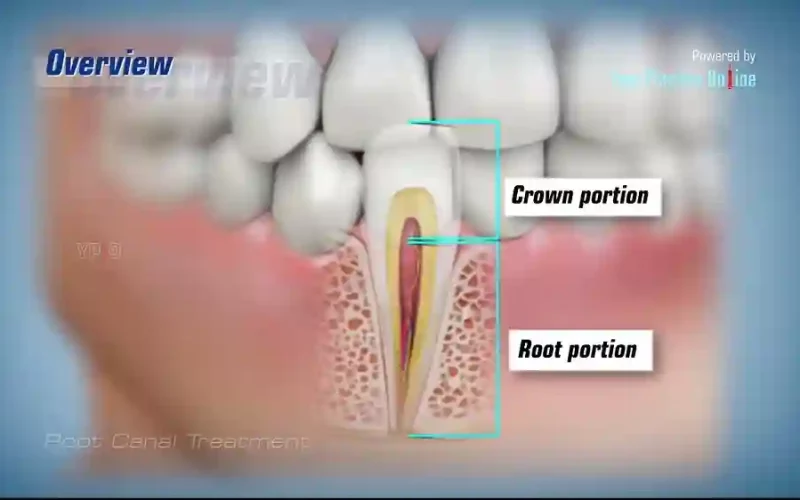Root canal therapy involves the extraction of damaged tissues in your tooth. Removal of infected tissues from the pulp of your tooth can protect you against new or severe infections. According to WebMD, dentists like Dr. Anna Munné Houston collectively perform nearly 16 million root canals in the U.S. annually.
Remember that every one of your teeth has a delicate, living part called the pulp. As the innermost section of the tooth, a pulp has connective tissues, blood vessels, nerves, and odontoblasts, which are specialized cells. Odontoblasts support the production of dentin, a mineralized connective tissue making up the bulk of your teeth.
Sometimes, a bacteria can reach into the pulp and thus infect the delicate, living tissues. As a result, you will experience persistent pain and discomfort from the infected tooth and on your face and jawbone.
Moreover, you will experience sharp pain when you consume foods and beverages that are hot or cold. That is because the nerves of the pulp are infected and irritated. Your tooth can also become abnormally discolored, and your gums can be inflamed. Below is a brief procedure involved in root canal therapy to eliminate bacterial attacks and prevent another infection.
- Numbing of the area of the infected tooth
Your dentist will inject you with a local area numbing agent to protect you from the pain and discomfort triggered by the therapy. Without discomfort, you will be relaxed and thus allow your dentist to perform the procedure without interference.
Your dentist can also expose you to a mild sedative agent called laughing gas) to keep you comfortable and relaxed.
Another alternative option is for your dentist to administer an anti-anxiety medication into your vein. You will need sedation if a dentist or dental setting makes you anxious, stressed, and fearful.
- Placement of a dental dam
The dental dam is placed over the infested tooth and the adjacent tooth on each side. Rubber dam placement allows the infected area to be kept dry, free from your saliva and other fluids from your nearby tissues.
Saliva or other oral fluids can flow to your tooth’s exposed area without a dental dam’s placement. As a result, the root chamber can be contaminated.
- Accessing the pulp
Your dentist will make a hole extending from the surface of your problematic tooth to access its pulp.
Once a hole is created in the tooth’s crown, your dentist inserts a tiny instrument reaching the pulp area. The instrument is manipulated to extract bacteria-infected tissues. Then, your dentist cleans and disinfects the remaining healthy tissues before organizing them accordingly.
- Application of dental filling
The removal of diseased tissues of the pulp leaves a space. Your dentist will place a material resembling rubber inside the cleaned and disinfected canals. The dental filling material is then applied to plug the treated tooth to protect it from another bacterial infection.
Usually, after applying dental filling, you may need the treated natural tooth to be covered using a dental crown. A dental crown will protect the recovering tooth from further irritation and help improve your bite.
Contact Anna M. Munné, DDS, PA & ASSOCIATES today to schedule an appointment with a dentist providing root canal services.











